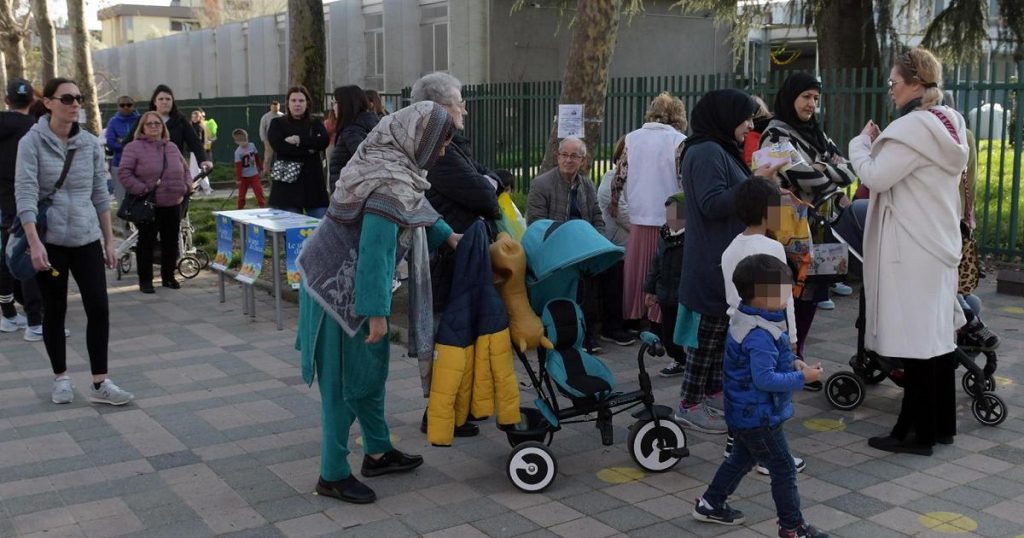The president of Italy, Sergio Mattarella, has shown support for a vice principal of a school in Pioltello who decided to close on April 10th, the day of the end of Ramadan. Skuola.net has released data showing that the presence of foreign students in Italian schools is increasing, with the school in Pioltello being just one of many where over 30% of students are of non-Italian origin. In Lombardy alone, there are 222,364 foreign students, representing a quarter of the total in Italy. A common challenge is the inability to adhere to the suggestion of keeping the percentage of foreign students in a class below 30%, often due to linguistic reasons.
The classes in Italian schools are becoming increasingly multicultural, with situations like the one in Pioltello, where 43% of students are of non-Italian origin, not being isolated cases. In Lombardy, and other regions, it is common to exceed the recommended quota of foreign students. The limitations are based on linguistic abilities, and based on the competency of the students, the quota can be surpassed or altered. Ultimately, enrollment cannot be rejected based on migration reasons, and schools must accommodate all students in the area where they reside, leading to the frequent surpassing of the 30% quota of foreign students.
According to Skuola.net’s analysis of the latest official data from the Ministry of Education for the 2021/2022 school year, overcrowding of non-Italian students in Italian schools is widespread. Nationally, 6.8% of classes – about 1 in 15 – have a quota of foreign students exceeding 30%, with a further peak of 11.2% in primary schools. The number of such cases has been steadily growing, increasing from 5.3% just over five years ago. In some classes, differences in religious backgrounds could affect the majority of students, with 3.3% of classes having over 40% of foreign students.
The region of Lombardy, where Pioltello is located near Milan, has one of the highest concentrations of schools exceeding the Ministry’s recommended threshold, at 14% of classes, or one in seven. Lombardy has the highest number of classes with more than the recommended number of non-Italian students, with 1,100 classes (compared to 599 in Emilia-Romagna). Other regions with double-digit percentages include Veneto (11.3%), Liguria (12%), Piedmont (9.8%), Tuscany (9.7%), and Friuli Venezia Giulia (9.6%). In contrast, regions with lower exposure to this issue include Sardinia (0.5% of classes), Apulia (0.9%), Campania (1.2%), Basilicata, and Molise (both at 1.3%).
Non-Italian students make up 10% of the total student population in Italian schools, totaling 872,000 students who do not evenly distribute across the country. This leads to situations where they either represent the majority of students in a class, or there are none at all. These challenges, particularly in terms of education, arise when non-Italian students lack adequate language skills for their educational level. Skuola.net’s director, Daniele Grassucci, highlights the difficulties faced when foreign students do not have the necessary linguistic competencies for their current academic level, underscoring the need for support in these multicultural classrooms.


